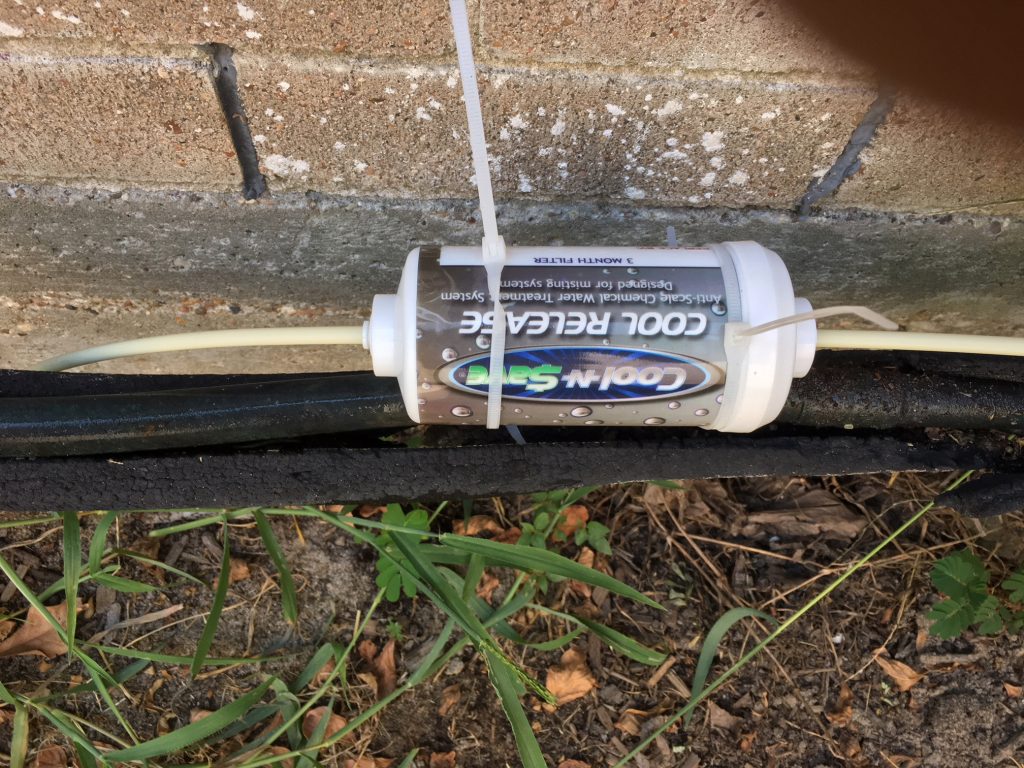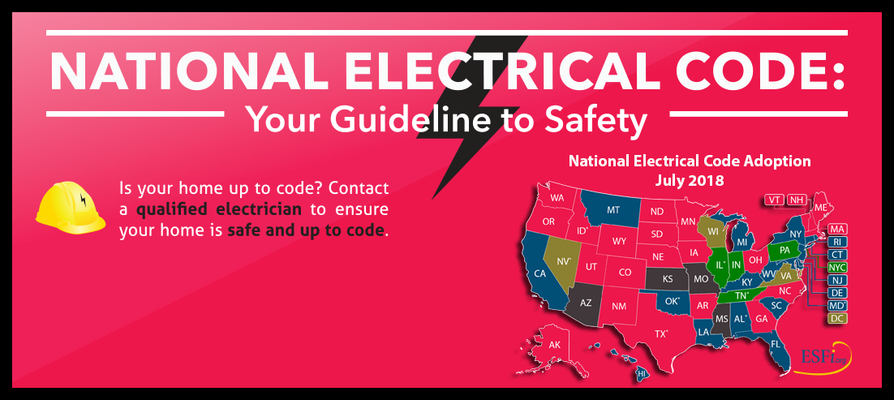
|
The National Electrical Code (NEC), or NFPA 70, is a regionally adoptable standard for the safest installation of electrical wiring and equipment, only in the United States, although of course other countries can follow it if they wish. The NEC is a part of the National Fire Code series published by the National Fire Protection Association (NFPA), which is a private trade association. Despite the use of the term “national”, it is not a federal law. It can be adopted as is by any state or municipality or adapted.
The 2020 version of the National Electric Code includes requirement updates in the following four significant areas: firemen’s disconnect, solar power, surge protection, and GFCI protection . To ensure providing the best, safest work possible, become familiar with the official NEC codes mandated by your state. Whether you are a professional or a DIY project person, a knowledge of electrical safety requirements is important.
Emergency Disconnects
- Must function from outside dwellings
- Applies to generators and energy storage systems (ESS)
- Required for all single- and two-family dwellings
- Must be readily accessible
- Generators must be marked with one of the following: EMERGENCY DISCONNECT, METER DISCONNECT, NOT SERVICE EQUIPMENT, EMERGENCY DISCONNECT, SERVICE DISCONNECT, or EMERGENCY DISCONNECT, NOT SERVICE EQUIPMENT
Surge Protection
- Must be part of service equipment or adjacent to it
- New article (242) includes service lines to dwelling units
- May be located at each level of downstream distribution as needed
- As of 2020 applies to: replacements and service upgrades and line side and load side services
Solar (Applies to California)
- Solar panels on new construction (California requires solar photovoltaic systems for newly constructed healthcare facilities starting January 1, 2020)
- Outdoor disconnect required for all energy storage units
Articles Removed from NEC 2017
- Article 553 Floating Building
- Article 285 SPDs 1,000V or less
- Article 280 SPDs over 1,000V
- Article 328 MV Cable Type MV
New Articles Added
- Article 800 General Requirements for Communication Systems: consolidates the previous contents of 2017 NEC chapter 8 into one articles and addresses requirements for communication circuits, to include television and radio distribution antennae as well as network powered broadband systems.
- Article 242 Overvoltage Protection: combines the two articles 280 and 285 and addresses surge protective requirements, devices and arresters.
- Article 337 Type P Cable: covers 600V Type P cables that are used in industrial and hazardous areas and specifications.
- Article 311 MV Connectors and Cable: Expands on the deleted article 328 and goes on to address medium voltage conductors and cables, their use, and their specifications.
Look for Updates Every 3 Years
The National Fire Protection Agency continues to publish official updates to the NEC every three years. These updates have run like clockwork since 1897, when the code was first introduced. 2020 NEC is the end result of more than 5,000 public inputs and comments, 18 panels, the annual NFPA meeting, and more than 2,000 revisions. Get ahead of the curve by learning about the 2020 National Electrical Code changes.

Looking for more great content? Visit our partner sites:
I offer article and blog-writing services. Interested? Hire Me!
Did you find this article helpful? Thanks for supporting this free site with a small donation!
Visit Kelly’s profile on Pinterest.
About the Author:
 Kelly R. Smith is an Air Force veteran and was a commercial carpenter for 20 years before returning to night school at the University of Houston where he earned a Bachelor’s Degree in Computer Science. After working at NASA for a few years, he went on to develop software for the transportation, financial, and energy-trading industries. He has been writing, in one capacity or another, since he could hold a pencil. As a freelance writer now, he specializes in producing articles and blog content for a variety of clients. His personal blog is at I Can Fix Up My Home Blog where he muses on many different topics.
Kelly R. Smith is an Air Force veteran and was a commercial carpenter for 20 years before returning to night school at the University of Houston where he earned a Bachelor’s Degree in Computer Science. After working at NASA for a few years, he went on to develop software for the transportation, financial, and energy-trading industries. He has been writing, in one capacity or another, since he could hold a pencil. As a freelance writer now, he specializes in producing articles and blog content for a variety of clients. His personal blog is at I Can Fix Up My Home Blog where he muses on many different topics.



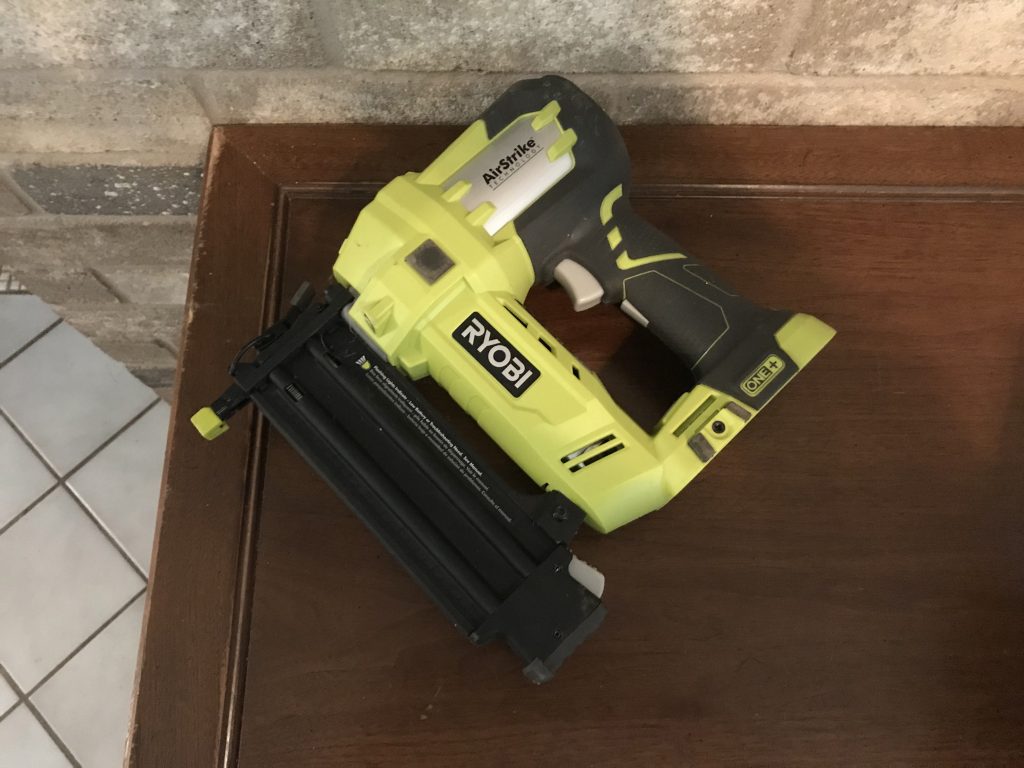
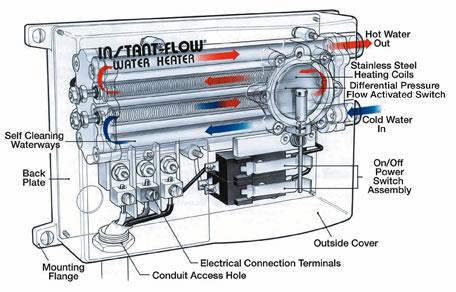

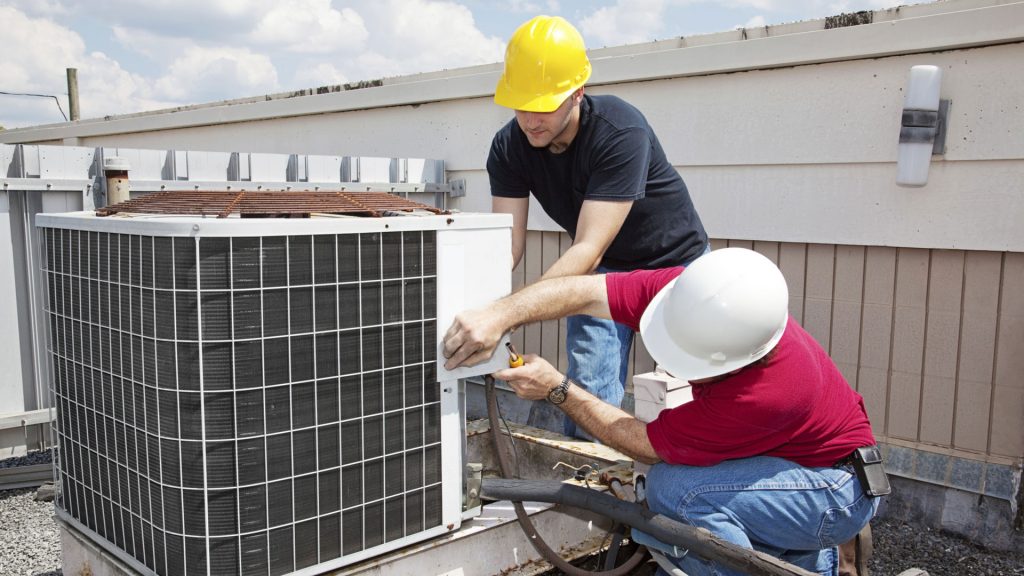

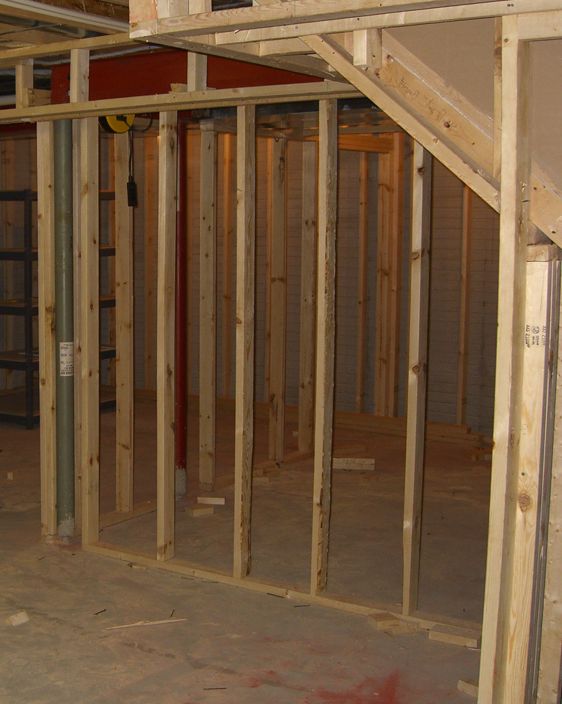

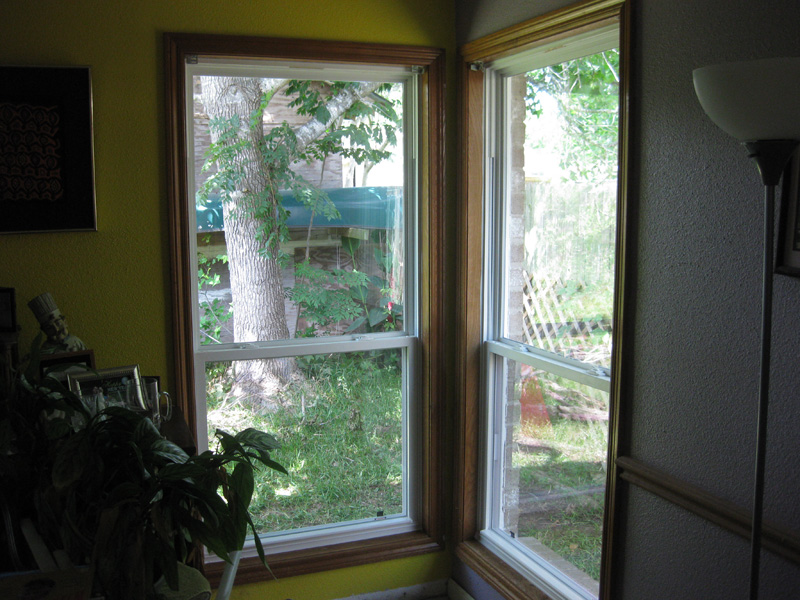
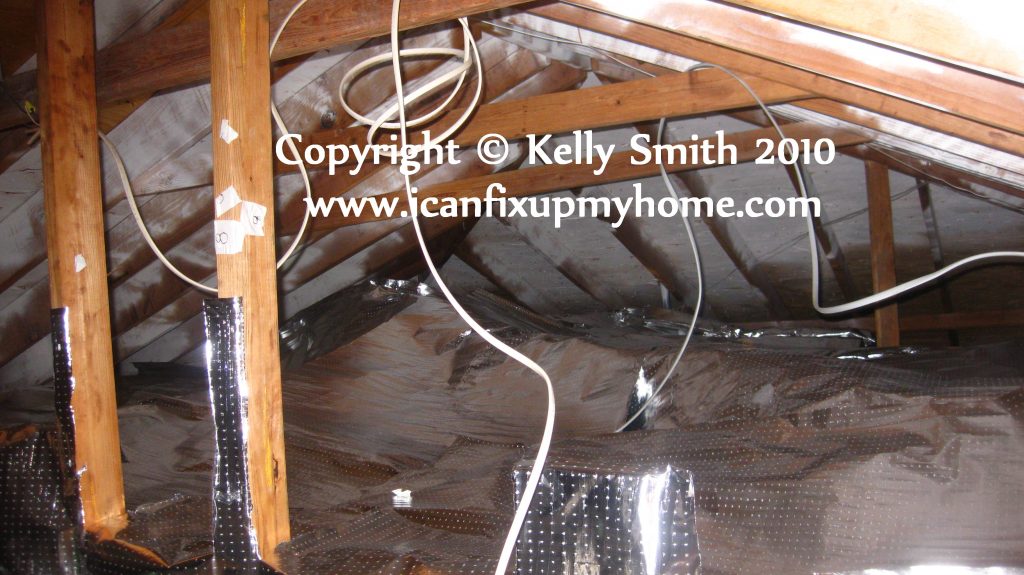


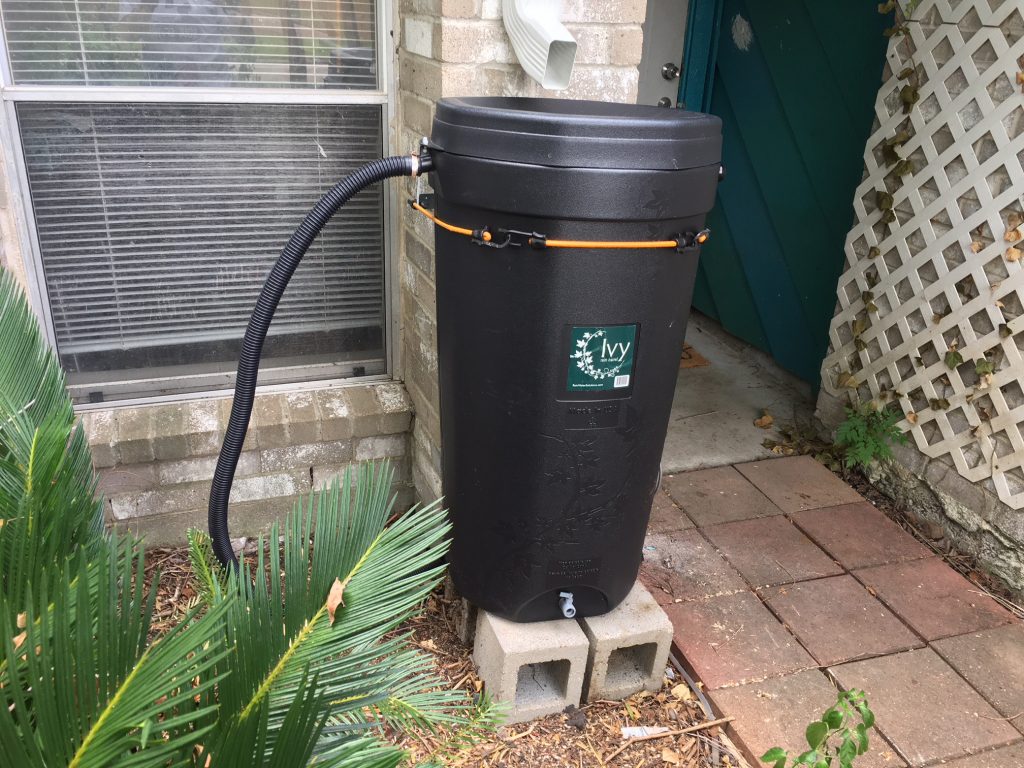
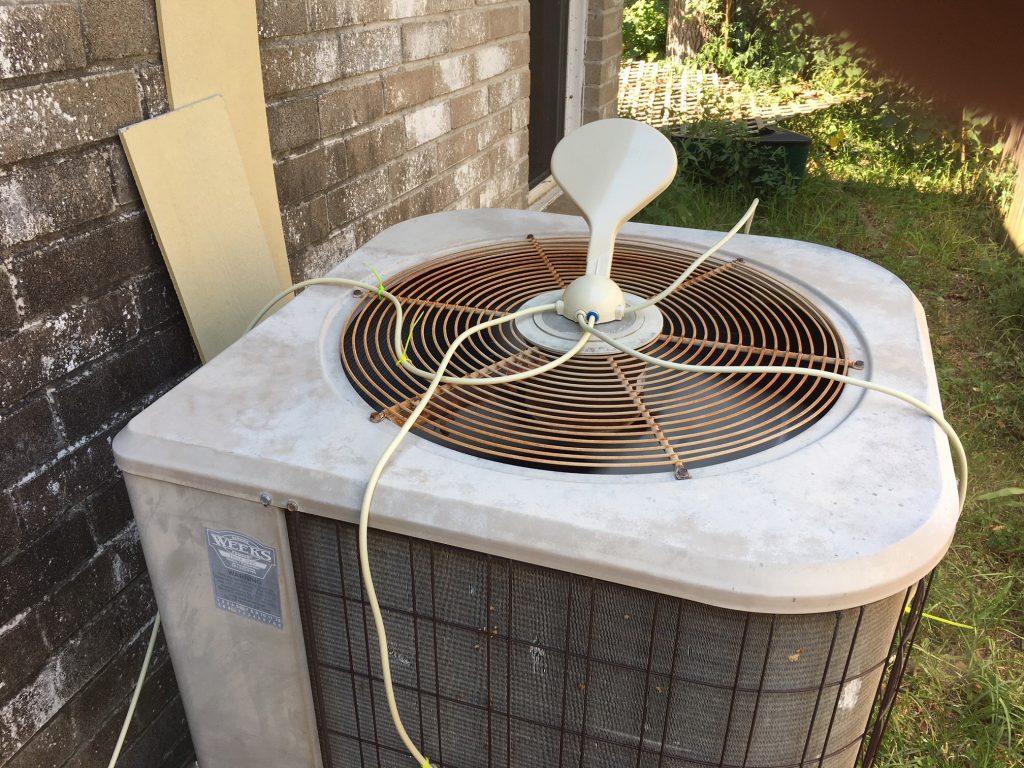
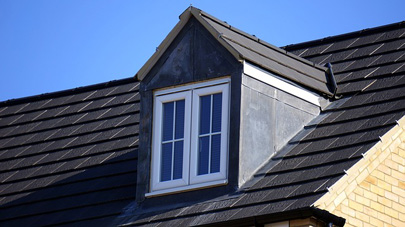
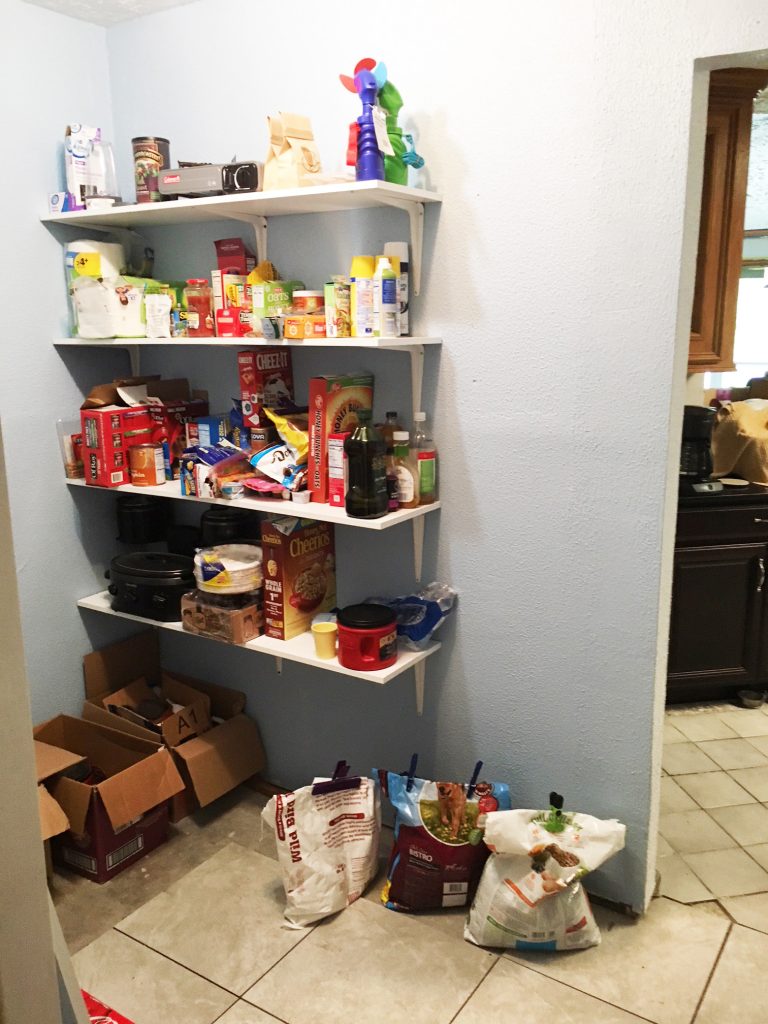
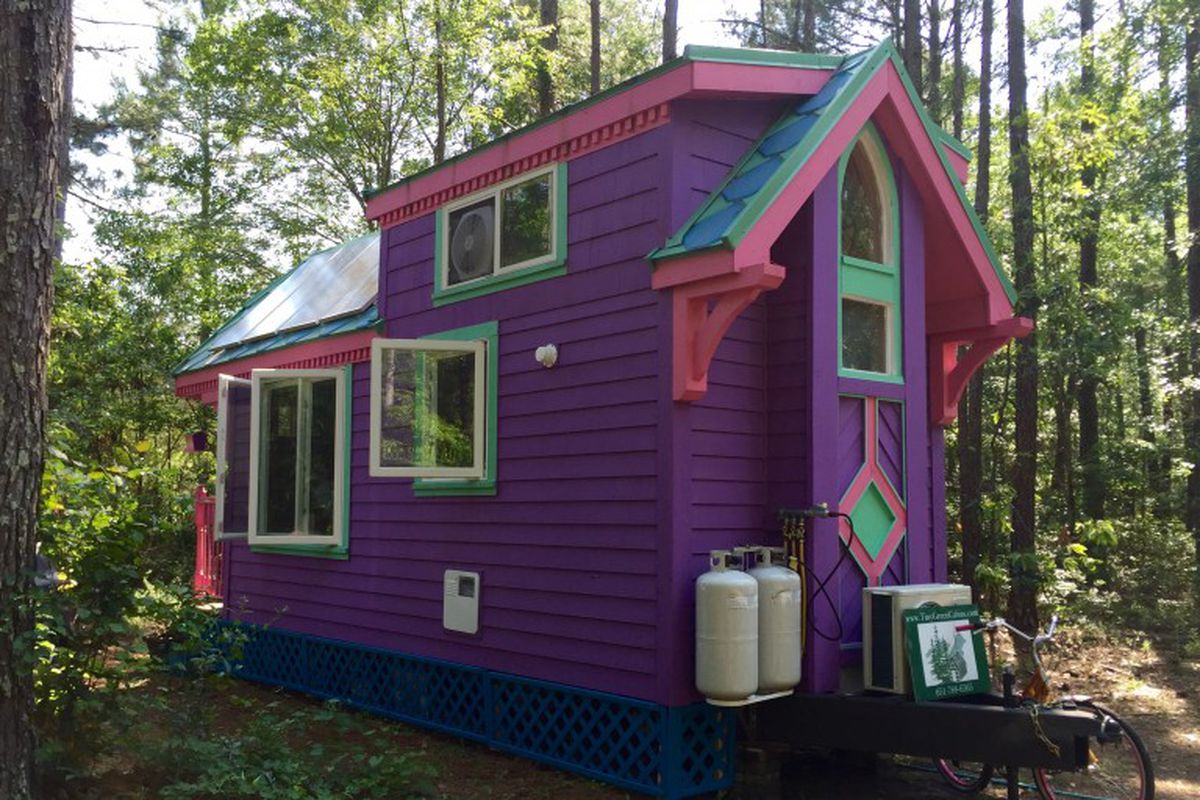

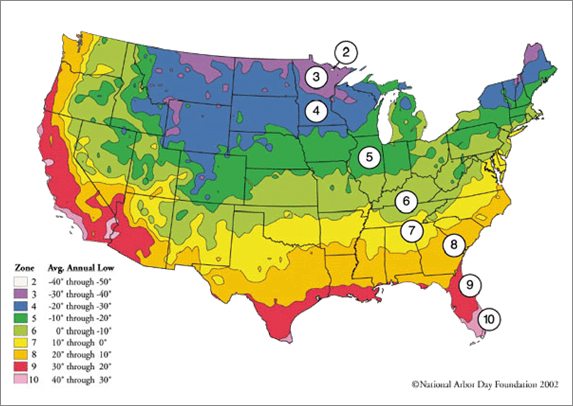

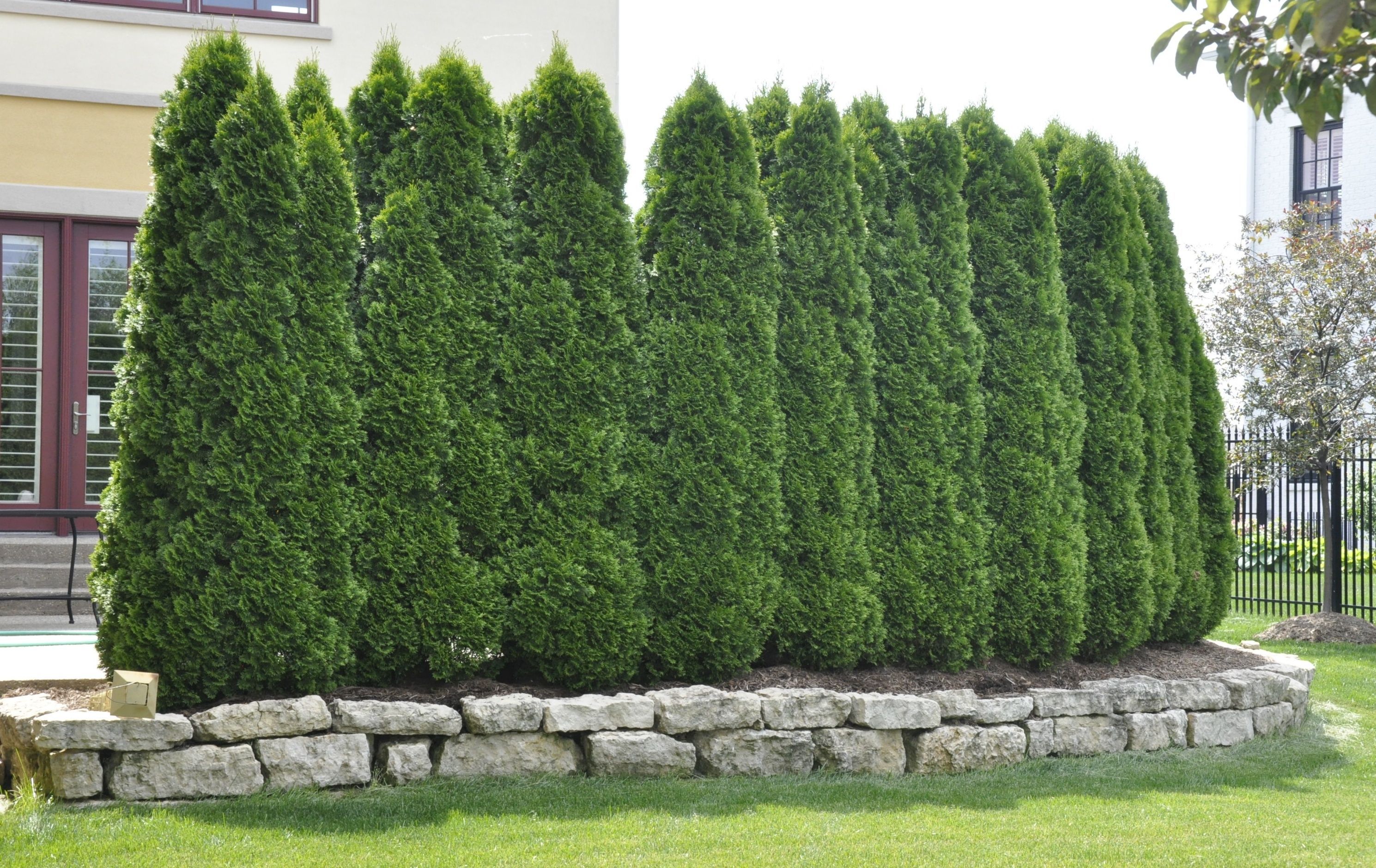
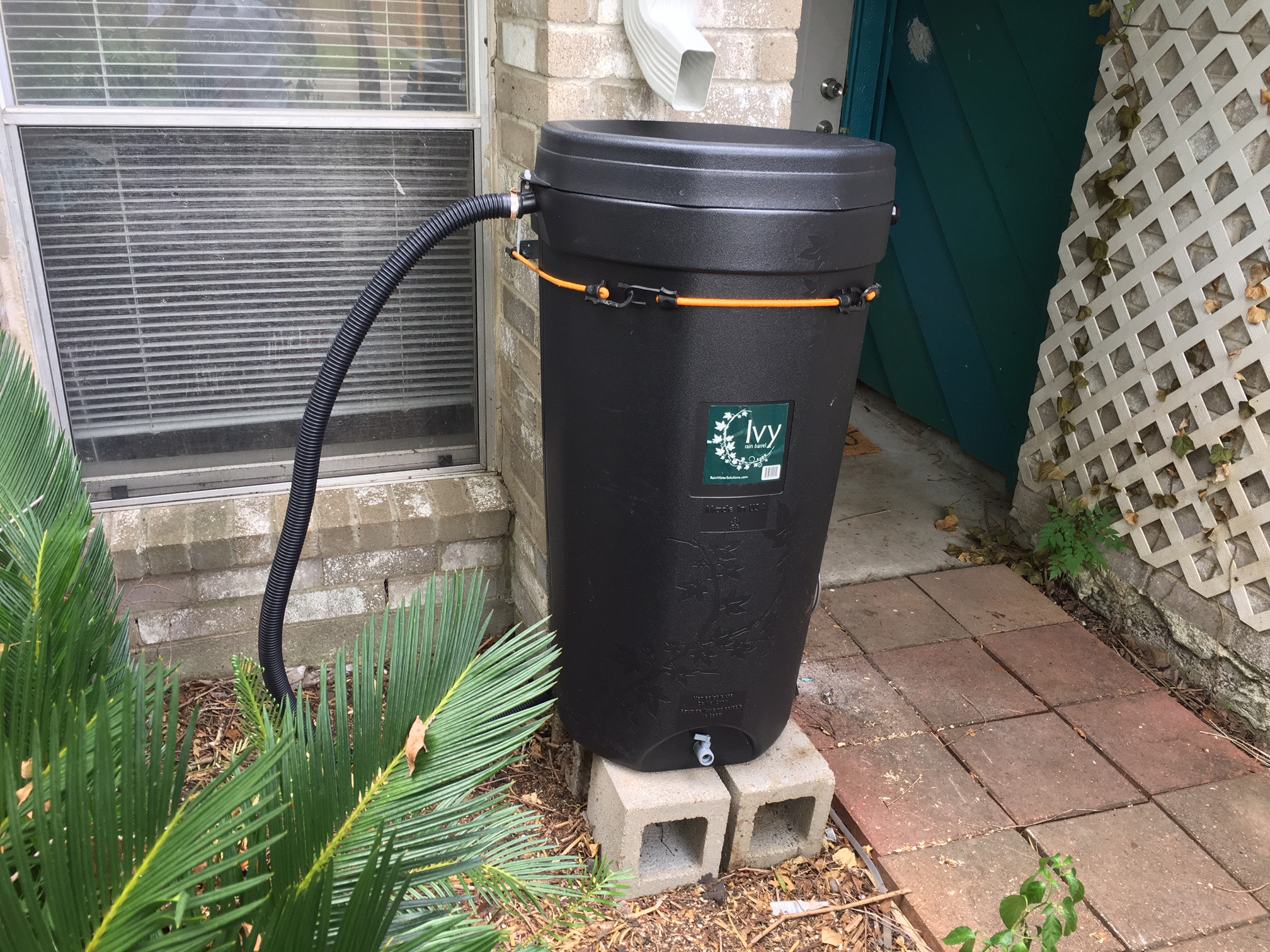
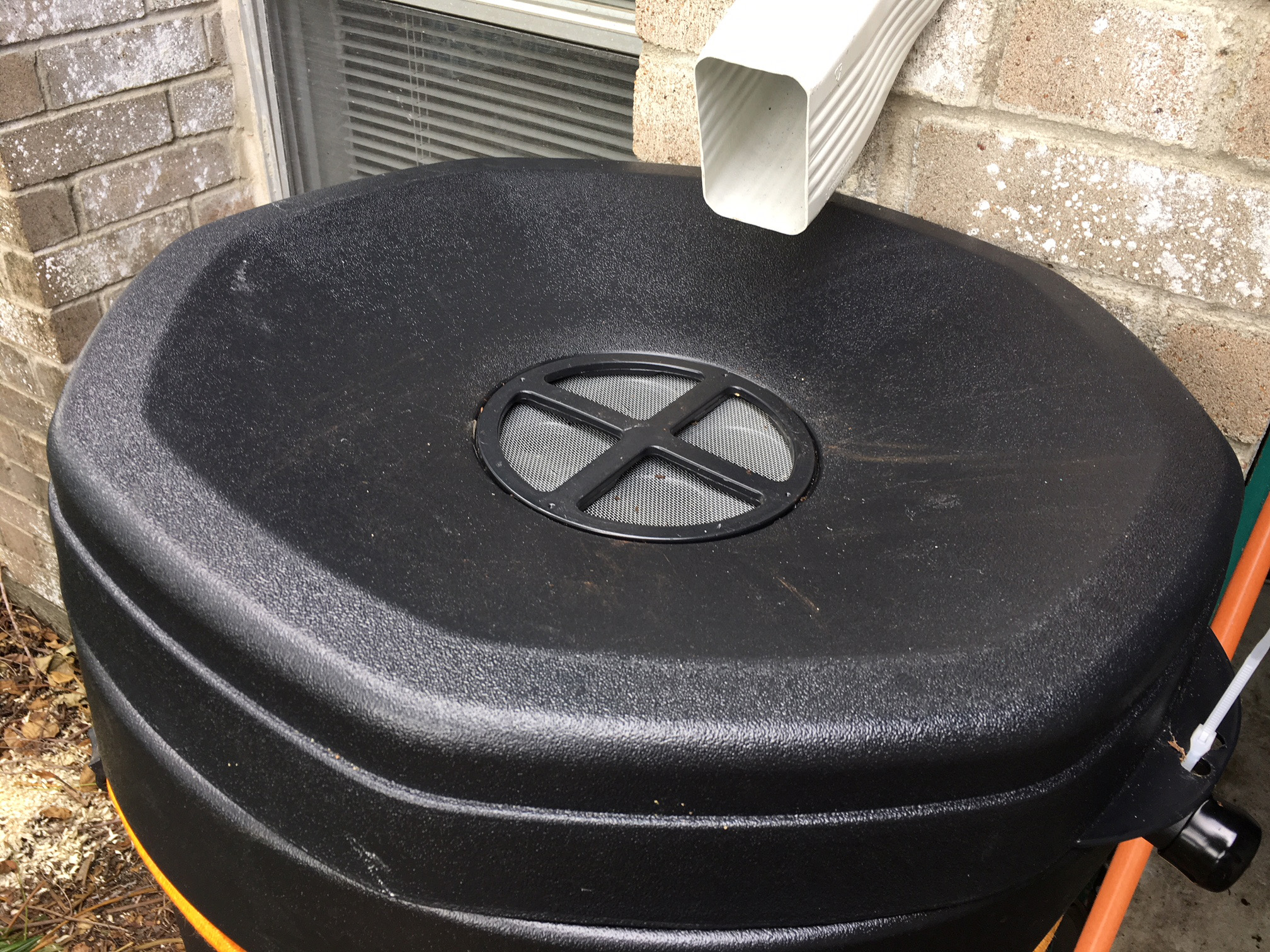
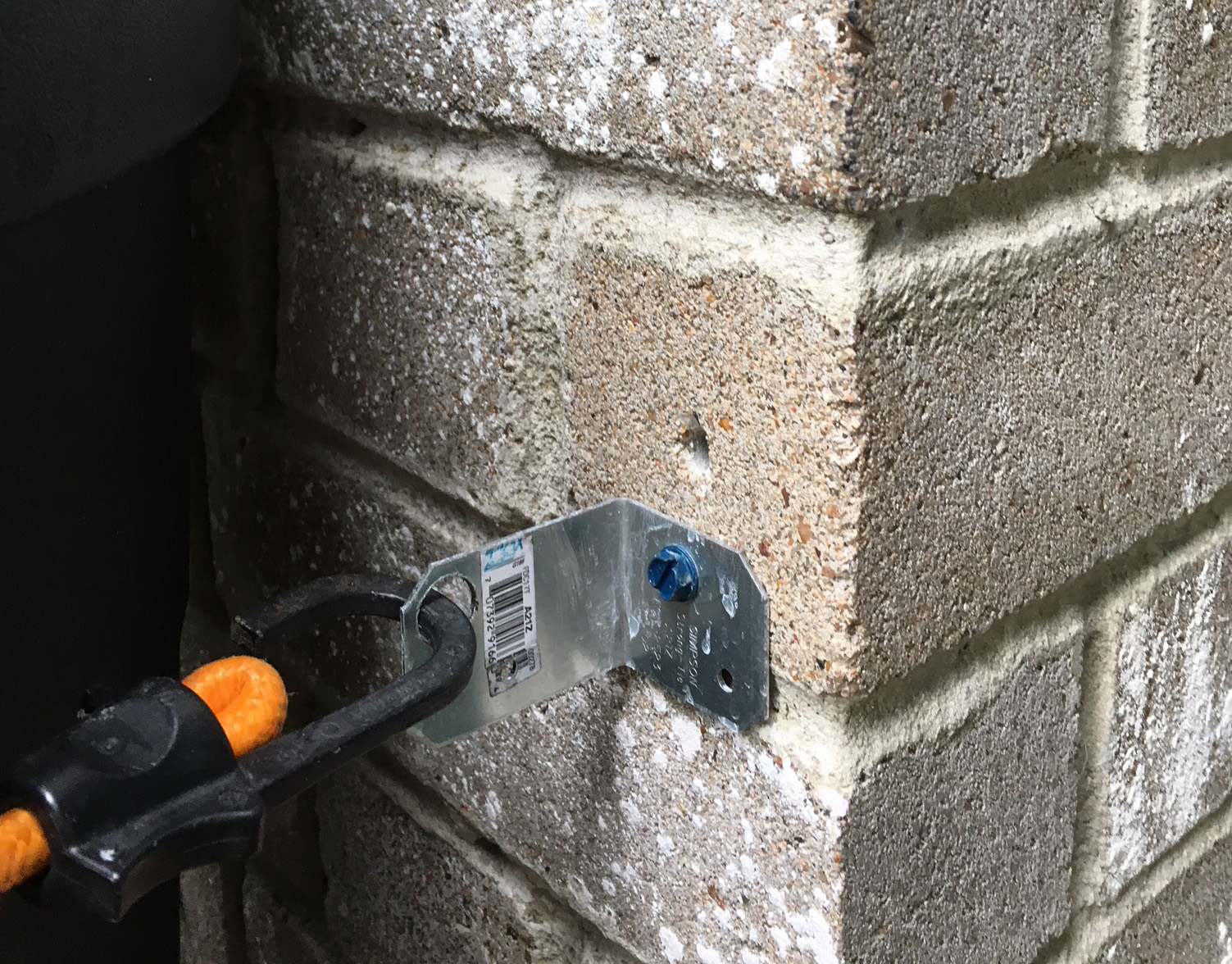

 Kelly R. Smith is an Air Force veteran and was a commercial carpenter for 20 years before returning to night school at the University of Houston where he earned a Bachelor’s Degree in Computer Science. After working at NASA for a few years, he went on to develop software for the transportation, financial, and energy-trading industries. He has been writing, in one capacity or another, since he could hold a pencil. As a freelance writer now, he specializes in producing articles and blog content for a variety of clients. His personal blog is at
Kelly R. Smith is an Air Force veteran and was a commercial carpenter for 20 years before returning to night school at the University of Houston where he earned a Bachelor’s Degree in Computer Science. After working at NASA for a few years, he went on to develop software for the transportation, financial, and energy-trading industries. He has been writing, in one capacity or another, since he could hold a pencil. As a freelance writer now, he specializes in producing articles and blog content for a variety of clients. His personal blog is at 